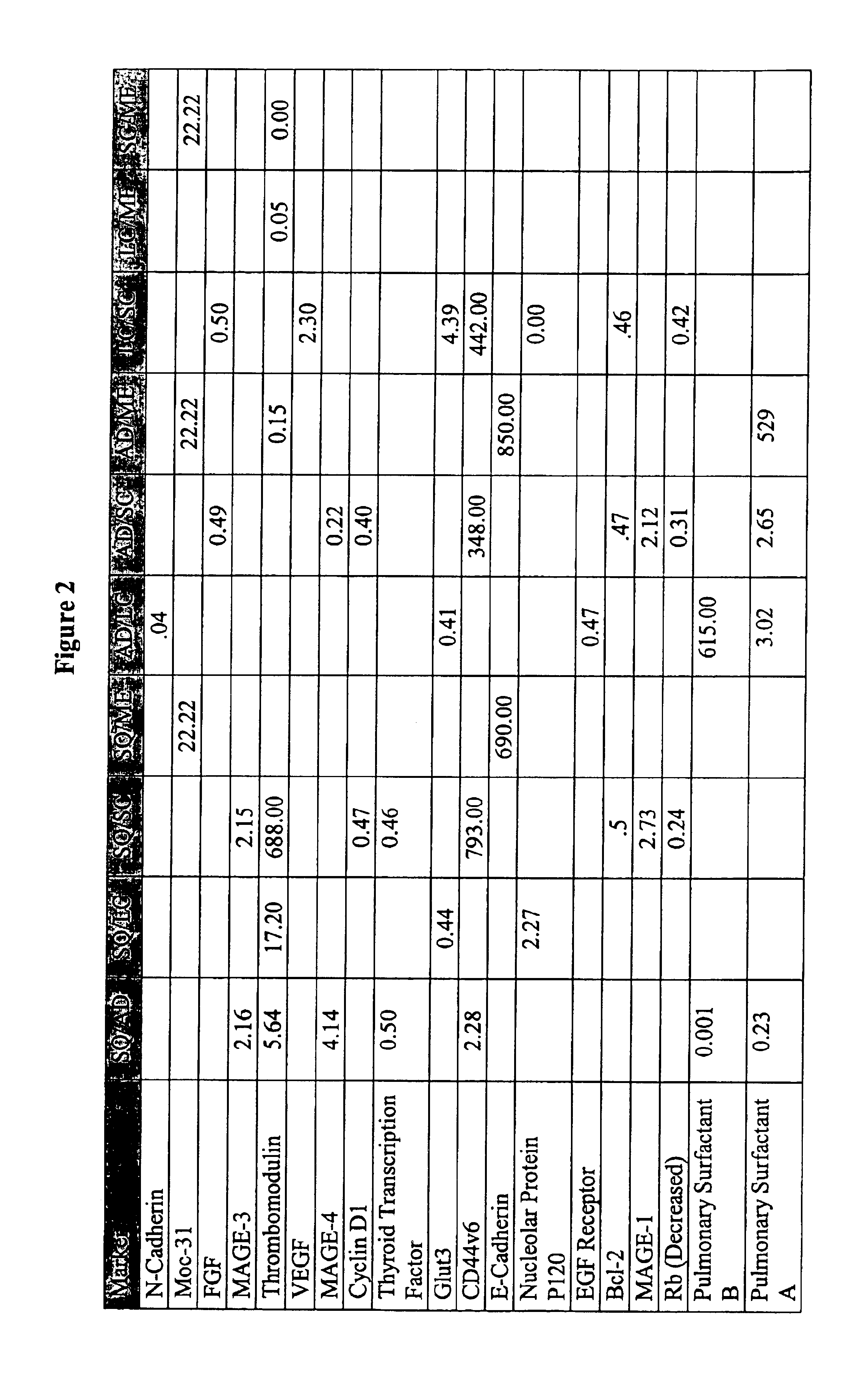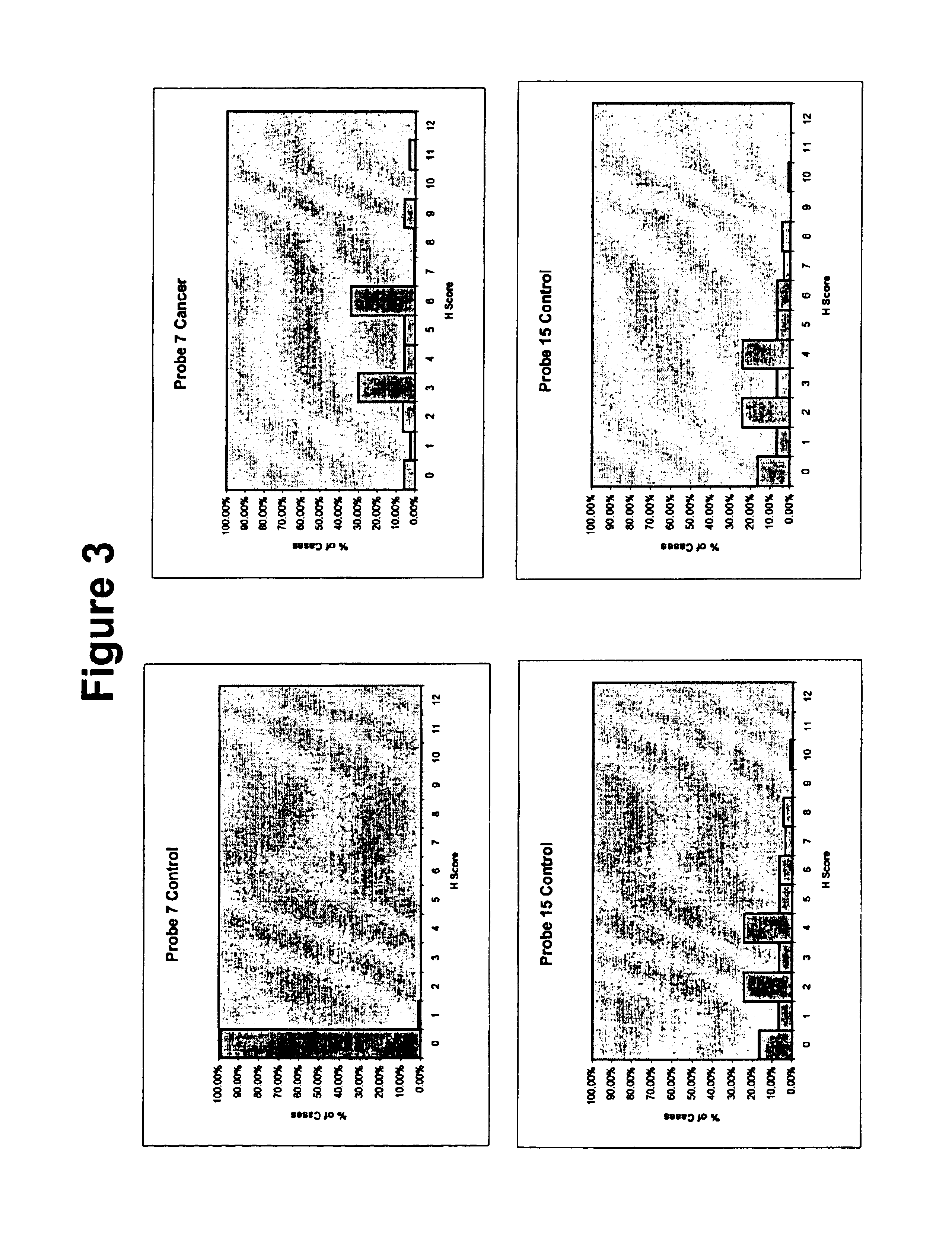Historically, many diagnostic tests have been criticized due to poor sensitivity and specificity.
A test having poor sensitivity produces a
high rate of false negatives, i.e., individuals who have the disease but are falsely identified as being free of that particular disease.
The potential danger of a false negative is that the diseased individual will remain undiagnosed and untreated for some period of time, during which the disease may progress to a later stage wherein treatments, if any, may be less effective.
This type of test exhibits poor sensitivity because it fails to detect the presence of the
virus until the disease is well established and the
virus has invaded the bloodstream in substantial numbers.
A test having poor specificity produces a
high rateA test having poor specificity produces a
high rate of false positives, i.e., individuals who are falsely identified as having the disease.
A drawback of false positives is that they force patients to undergo unnecessary medical procedures treatments with their attendant risks, emotional and financial stresses, and which could have adverse effects on the patient's health.
A feature of diseases which makes it difficult to develop diagnostic tests with high specificity is that
disease mechanisms often involve a plurality of genes and proteins.
While it is the state-of-the-art in clinical diagnostic
cytology, it is subjective and the diagnostic results are often not
highly sensitive or reproducible, especially at early stages of
cancer (e.g., ASCUS, LSIL).
A drawback to diagnostic tests that rely on morphological analyses is that
cell morphology is a lagging indicator.
However, because the amount of genetic material in a sample of cells may be very low, only a very
weak signal may be obtained.
Therefore,
in situ hybridization tests that do not employ pre-amplification techniques will likely have a poor specificity, yielding many false negatives.
However,
proteomics may have a poorer specificity than the cytogenetic marker detection technology since multiple pathologies may result in similar changes in
protein over-expression or under-expression.
However, because other factors in addition to the disease state may cause the concentration of a disease marker to become raised or lowered, tests that rely on immunochemical analysis of a specific disease marker will likely have poor specificity, yielding a high rate of false positives.
As a result, different treatments are not equally effective in all cancers or even among the stages of a specific type of
cancer.
However, in cases where the tumor has spread,
surgery may provide, at best, only limited benefits.
While somewhat effective in prolonging life, treatment of patients with metastatic disease rarely produces a cure.
Even through there may be an initial response, with time the disease progresses and the patient ultimately dies from its effects and / or from the toxic effects of the treatments.
Some tests currently being used in the diagnosis and staging of cancer, however, either lack sufficient sensitivity or specificity, are too invasive, or are too costly to justify their use as a
population-based
screening test.
However, small lesions are often difficult to detect and although larger tumors are relatively easy to visualize on a chest film, at the time of detection most have already metastasized.
Thus, chest X-rays lack the necessary sensitivity for use as an
early detection method.
Furthermore, while the cost of the initial test is relatively low ($300), the cost of follow-up can be high.
However,
fluorescence bronchoscopy is unable to detect
peripheral lesions, it takes a long time for bronchoscopists to examine a patient's airways, and it is an expensive procedure.
Additionally, the procedure is moderately invasive, creating an insurmountable barrier to its use as a
population-based
screening test.
The cost of establishing a testing facility is high and there is the need for a
cyclotron on site or nearby.
This, coupled with the high cost of the test, has limited the use of PET scans to staging
lung cancer patients rather than for
early detection of the disease.
Although used for some time as a means of screening for
lung cancer,
sputum cytology has enjoyed only limited success due to its low sensitivity and its failure to reduce disease-specific mortality.
A number of factors including
tumor size, location, degree of differentiation, cell clumping, inefficiency of clearing mechanisms to release cells and
sputum to the external environment, and the poor stability of cells within the
sputum contribute to the overall poor performance of the test.
Unfortunately, cancer is a disease state in which single markers have typically failed to detect or differentiate many forms of the disease.
Thus, probes that recognize only a single marker have been shown to be largely ineffective.
Exhaustive searches for “magic bullet” diagnostic tests have been underway for many decades though no universal successful magic bullet probes have been found to date.
 Login to View More
Login to View More 


